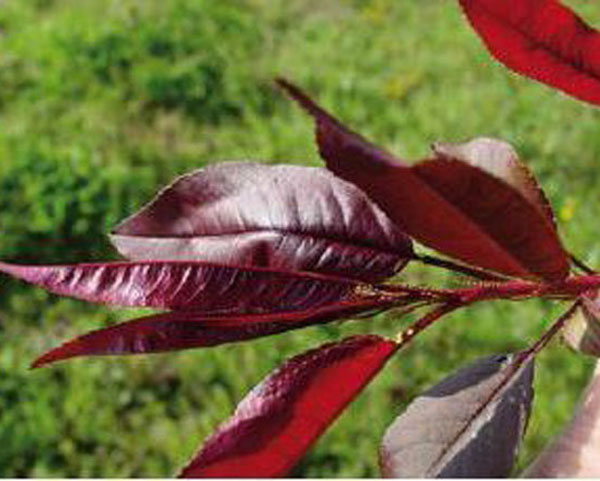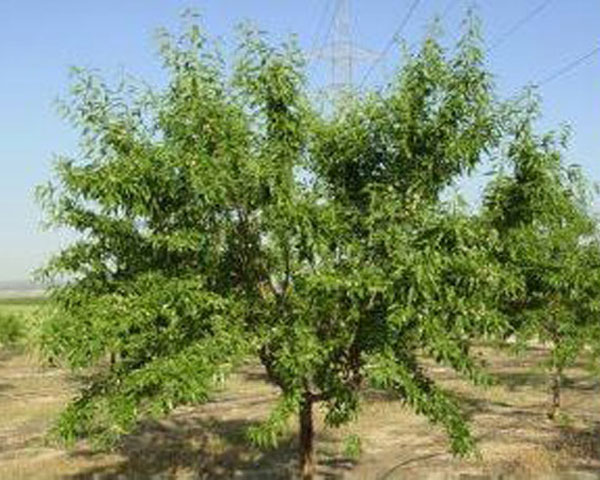Fruit tree Germplasm Banks
The Fruit tree Germplasm Bank at the Centre for Agri-Food Research and Technology (BGF-CITA) began operations in the 1960s with the collection and conservation of old varieties of fruit trees from all over the region and the country, as well as international reference varieties, with the aim of preventing the loss of variability in the most widely cultivated fruit species in our region.
BGF-CITA is part of the National Programme for Plant Genetic Resouces’ Collection Network. This programme is, in turn, part of the National Programme for the Conservation and Sustainable Use of Plant Genetic Resources for Food and Agriculture, managed by the National Institute for Agricultural Research (INIA).
BGF- CITA’s aims are:
- To safeguard fruit biodiversity.
- To conserve local fruit material and old varieties, as well as internationally significant varieties in the long term.
- To study, classify and assess the material contained in the different collections in terms of its variability and use in genetic improvement and to assess how it behaves under local environmental conditions.
- To make germplasm accessible to all potential users (plant breeders, researchers and private individuals)
To access the Fruit tree Germplasm Bank’s website, click link
Horticultural Germplasm Bank
The Agri-food Research and Technology Centre’s Horticultural Germplasm Bank (BGHZ-CITA) was created in 1981 with a central priority as its aim: to conserve Spain’s horticultural genetic resources to avoid loss of intraspecific variability. This was mainly caused by the substitution of many of the old local varieties with genetically modified varieties which were more uniform but had a narrower genetic base.
After over 30 years, the BGHZ has become a significant horticultural germplasm bank at both a national and international level. The bank holds approximately 17,000 entries belonging to over 300 species. As well local cultivars of the most important horticultural crops, these include minor crop species and other crop wild relatives. These are all extremely useful for plant breeding and the conservation of biodiversity.
The Zaragoza Horticultural Species Germplasm Bank (BGHZ) is part of the National Programme for Plant Genetic Resouces’ Collection Network. This programme is involved in the permanent actions carried out under the National Programme for the Conservation and Sustainable Use of Plant Genetic Resources for Food and Agriculture, managed by the INIA.
The overall aim of the BGHZ is to conserve germoplasm in the long term and make it accessible to plant breeders, researchers and other users.
To access the Horticultural Germplasm Bank’s website, click link



